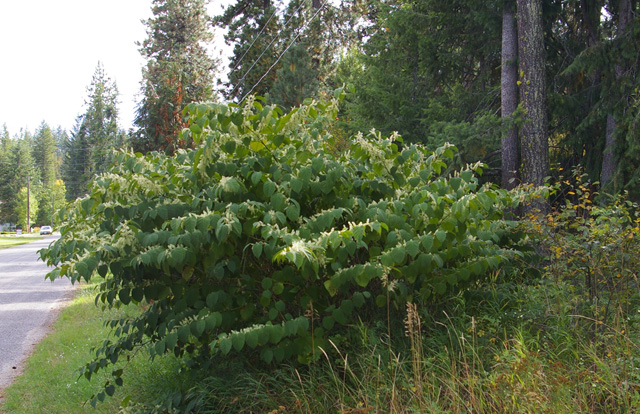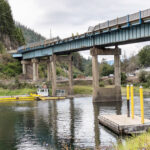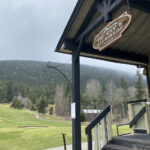Boundary Invasive Species Society sends out Japanese knotweed warning
There are four different types of knotweed in our province and up until 2015 we had only found Japanese knotweed in the Boundary.
In 2015 we found giant knotweed (fallopia sachalinensis) while doing a survey of the Kettle River. There are a number of sites of Japanese knotweed (Fallopia japonica) in our area. A lot of it is being grown in people’s yards and it is starting to escape. This plant is designated as Provincial Noxious which means you must control it. Knotweed can grow through asphalt and concrete. It can grow through foundation walls and come up through the floorboards and walls of your house. Japanese knotweed is native to eastern Asia. It is also sometimes called false bamboo but it is not a bamboo.
The stems are hollow with reddish-brown speckles. The leaves are heart-shaped or triangle-shaped and bright green. It has creamy white flowers that grow in drooping clusters. Knotweeds can grow between 10 and 20 cm a day. Plants can reach a height of about four (4) meters. Knotweed spreads primarily by underground rhizomes. The roots can spread 20 meters laterally and three (3) meters deep.
They can grow from root fragments which can remain dormant in the soil for several years. Knotweeds are difficult to control. They have extensive root systems that are capable of resprouting even after many years of control. Cutting them down is not effective. It stimulates the roots to spread farther when you cut it. You can dig it out but you would need a machine to dig it and the material would need to be buried extremely deeply to keep it from regrowing.
The most effective and efficient way to kill it is with herbicide. The best way is to inject the herbicide directly into the stem but you can spray it on the leaves as well. It can take several years to gain full control and you will need to continually monitor to see if it comes back.
Do not compost knotweed as your compost will most likely not get hot enough to kill it. If you cut it you need to double bag it and take it to the landfill to be buried.
Please do not share this plant with friends.
For more information please contact the Boundary Invasive Species Society at 250-446-2232, on Facebook, info@boundaryinvasives.com or check out our website www.boundaryinvasives.com























